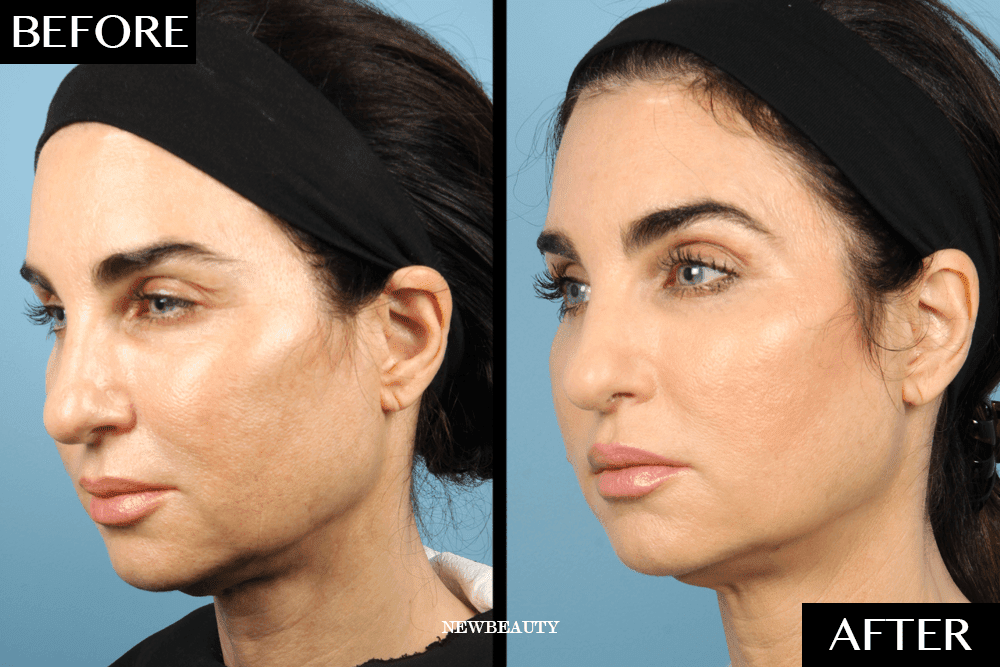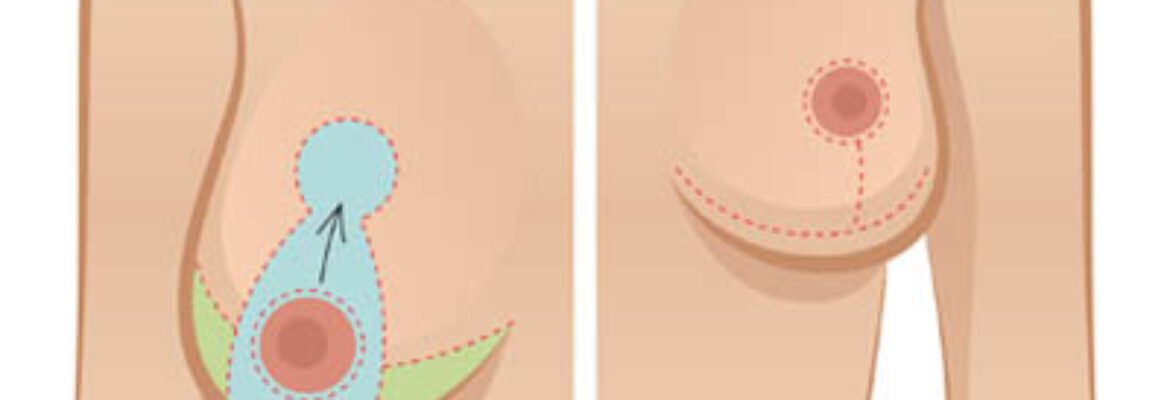
There are many treatment options for a deviated Septum. You have two options. One is to undergo surgery. The other is to choose a more conservative approach. Before you choose a surgical procedure, read about the benefits and risks of surgery. In certain cases, you might need additional repairs such as a septum.
The treatment options
Deviated septums can make it more difficult to breath. However, there are several treatment options available for this condition. These treatments can be used to relieve sinusitis symptoms and delay surgery. Decongestants are medicines that reduce the swelling in the nasal cavity. They can be taken by mouth or applied to the nasal cavity with a nasal spray.
A deviated septum can be treated without surgery if it's mild and causes no long-term complications. Surgery is necessary if the septum becomes so severe that it affects breathing. If non-surgical treatment fails, ENT doctors (also known as otolaryngologists) will often recommend surgery.
Surgical options
There are many surgical options that can correct a deviated nasal septum. These options can improve your breathing and reduce nasal congestion. You have two choices: repair of the valve or reduction of the turbinate. Surgery can be performed to remove or improve your sinus function. It is important to understand the risks and benefits of surgery before you make any decision.

Surgical procedures will not fix all deviated septums, but if the deviated septum is causing chronic congestion or is interfering with breathing, it may be time to seek surgical treatment. A deviated septum can make your nose look crooked and make you feel self-conscious about your appearance. Surgery such as septoplasty can straighten and correct nasal structural abnormalities. Patients can return home the very same day, without any bruising.
Surgery complications
Sinus infections can occur frequently if the septum is not straight. These infections can lead to inflammation and irritation in the nasal passages and eventually to infections in the eyes and brain. If they are not treated, they can spread into brain tissue, leading to seizures and brain damage. In certain cases, surgery may be necessary to correct the deviated septum.
The procedure to correct a deviated Septum can have a few complications. Although the risks of such surgery are relatively low, the procedure can result in long-term problems. The possible symptoms include bleeding, pain, infection, and even death. Some patients may need to see a neurologist in order to manage any complications.
Allergy treatment
Doctors diagnose deviated septum based on symptoms and physical examinations of the nose, sinuses and ears. The doctor will ask the patient detailed questions about their symptoms and their lifestyle in order to determine the root cause. They might also run a CT scan on the sinuses to determine how severe the condition is.
In some cases, allergy treatment for deviated septum will help patients reduce the symptoms of the condition. It can reduce swelling and alleviate congestion. However, it won't solve the underlying problem.

Alternatives to surgery
Surgery is the most commonly performed way to correct a septum deviation. However, there are many other options. The best minimally invasive option to traditional surgery is endoscopic septoplasty. Endoscopic septoplasty provides excellent visualization of bone, cartilage, and allows the surgeon to focus on the specific deformity.
This procedure corrects a deviated septum by straightening and reinserting it in the nose. To ensure proper alignment, the surgeon may need to trim and then reinsert the septum. This will allow for better nasal airflow. The surgery results may not last, and patients should be aware of the possibility that other conditions can make the condition worse.